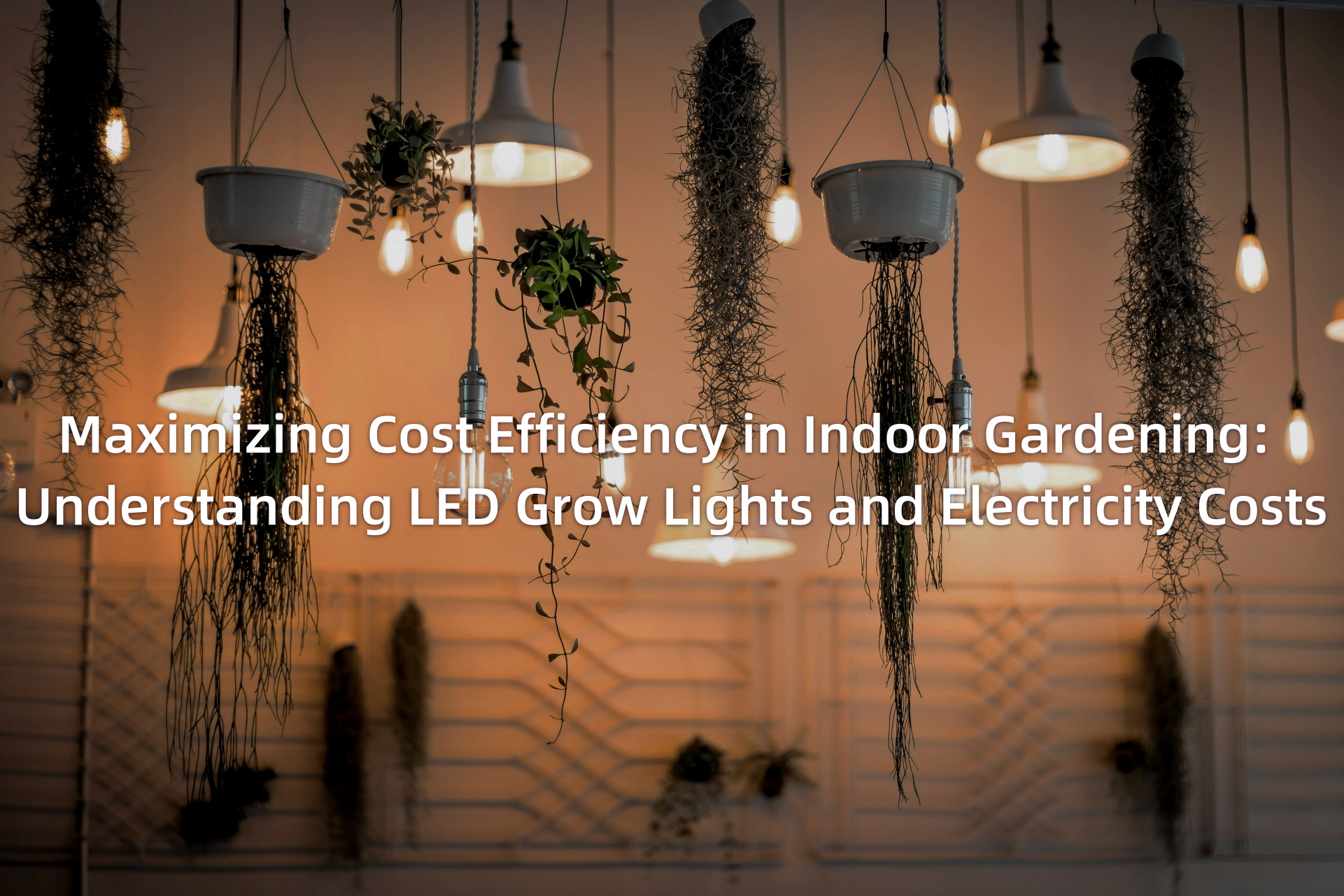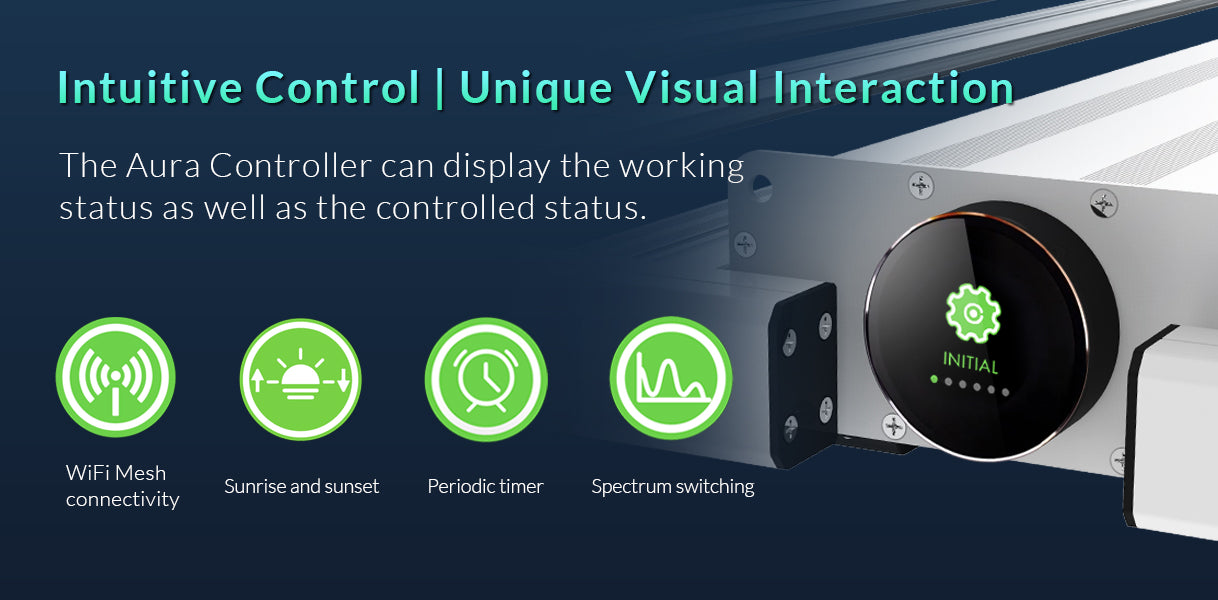
Maximizing Cost Efficiency in Indoor Gardening: Understanding LED Grow Lights and Electricity Costs
Indoor gardening has surged in popularity, offering the convenience of year-round cultivation regardless of outdoor conditions. However, as growers seek to optimize their setups, managing electricity cost becomes paramount. LED grow lights have emerged as a cost-effective solution, offering efficiency and effectiveness unparalleled by traditional lighting methods. In this guide, we delve into the electricity cost associated with indoor gardening, emphasizing the advantages of LED grow lights and how to maximize cost savings.
Why LED Grow Lights?
LED grow lights have revolutionized indoor gardening due to their energy efficiency and tailored light spectrum. Unlike traditional lighting options such as incandescent or fluorescent bulbs, LEDs consume significantly less electricity while emitting light optimized for plant growth. This efficiency translates into substantial cost savings over time, making LED grow lights the preferred choice for indoor gardeners.

Cost Comparison
Comparing the electricity costs of LED grow lights with traditional alternatives reveals the significant savings potential. While initial investment in LED fixtures might be higher, their lower energy consumption results in reduced long-term expenses. Additionally, LED lights have longer lifespans, further minimizing replacement and maintenance costs associated with other lighting options.
Calculating Electricity Costs
Calculating the electricity costs of operating LED grow lights involves several factors:
Wattage: Determine the wattage of each LED fixture.
Operating Hours: Estimate the number of hours the lights will be in use daily.
Electricity Rate: Consult your utility bill to ascertain the cost per kilowatt-hour (kWh) of electricity.
By multiplying the wattage by the daily operating hours and the electricity rate, you can calculate the daily, monthly, and annual electricity costs for your indoor garden.

Factors Influencing Electricity Costs
Several factors can influence the electricity costs associated with indoor gardening:
Lighting Intensity: Adjusting the intensity and duration of LED light exposure based on plant requirements can optimize energy usage.
Temperature Control: Maintaining appropriate temperatures within the growing environment reduces the energy required for climate control systems.
Lighting Schedule: Implementing a consistent lighting schedule aligned with plant growth stages minimizes unnecessary energy consumption.
Lighting Efficiency: Choosing high-quality LED fixtures with superior efficiency ratings ensures optimal energy utilization.
Maximizing Cost Efficiency
To maximize cost efficiency in indoor gardening, consider the following strategies:
Invest in Quality LED Fixtures: Prioritize high-quality LED grow lights with energy-efficient features and customizable settings.
Optimize Lighting Schedule: Tailor the lighting schedule to match the specific requirements of your plants, minimizing energy waste.
Implement Energy-Saving Practices: Incorporate energy-saving practices such as using reflective surfaces to maximize light distribution and insulating the growing space to reduce heat loss.
Monitor and Adjust Usage: Regularly monitor electricity consumption and adjust lighting parameters as needed to optimize efficiency.

Conclusion
LED grow lights offer a compelling solution for indoor gardeners seeking to minimize electricity costs while maximizing plant growth and yield. By understanding the cost-saving benefits of LED technology, calculating electricity expenses, and implementing energy-efficient practices, growers can cultivate thriving indoor gardens without breaking the bank. Embrace the power of LED grow lights to illuminate your path towards sustainable and cost-effective indoor gardening.
- Choosing a selection results in a full page refresh.
!

